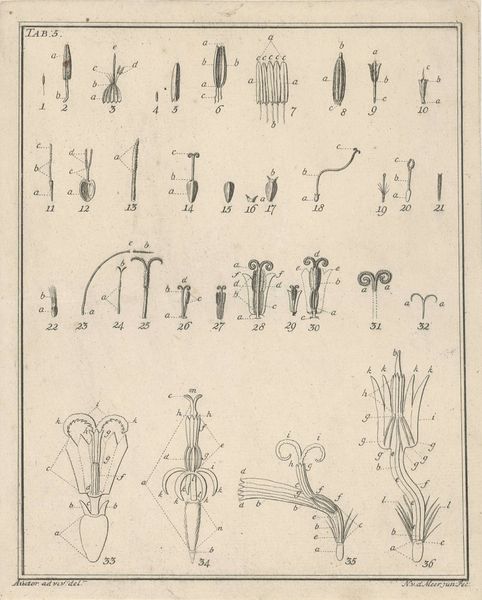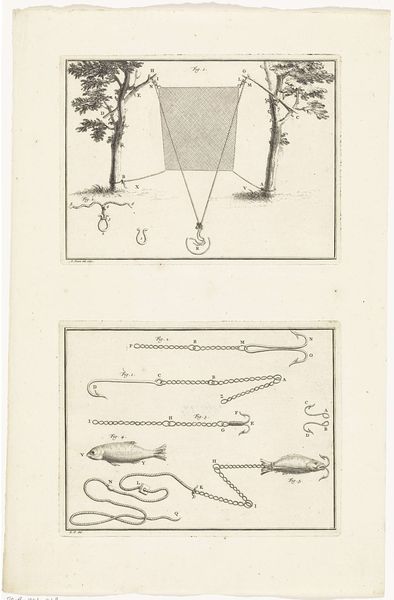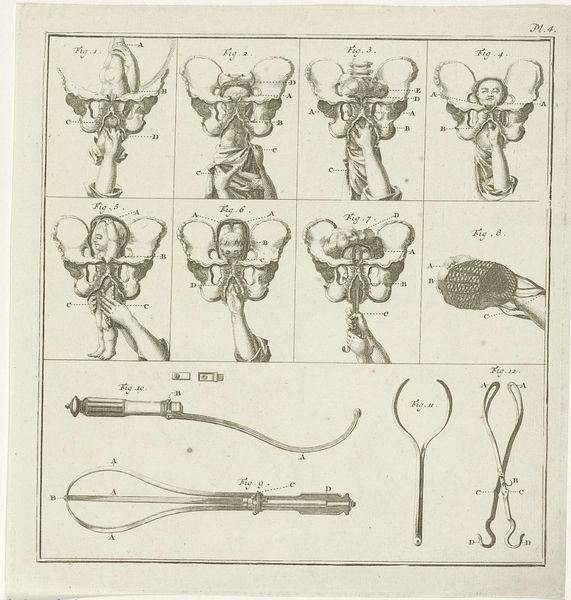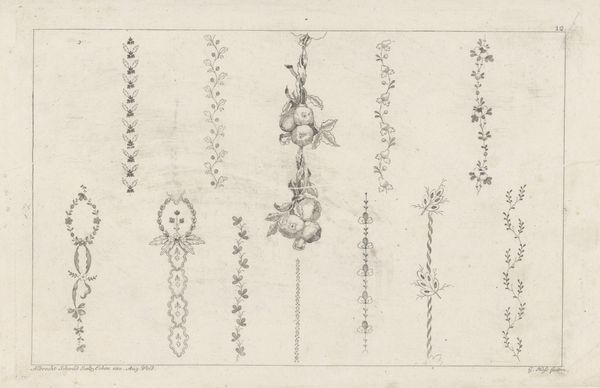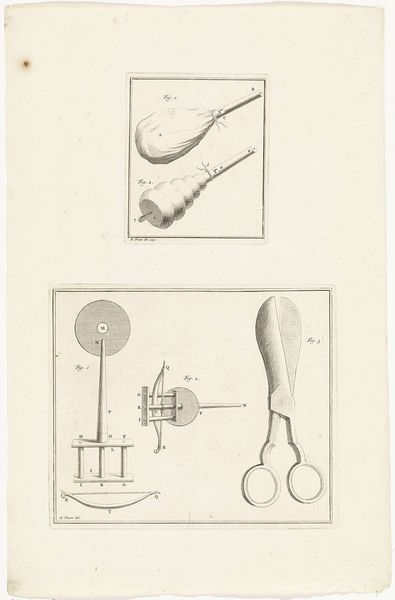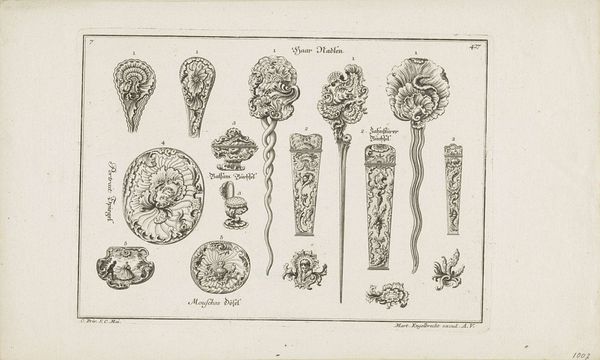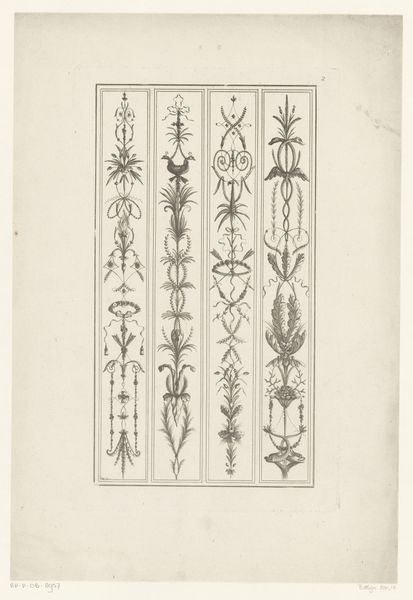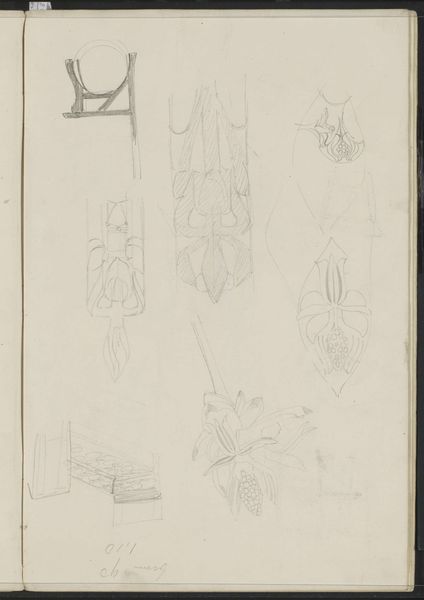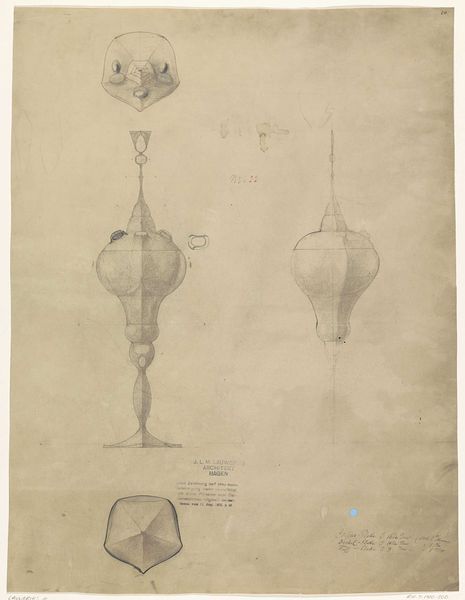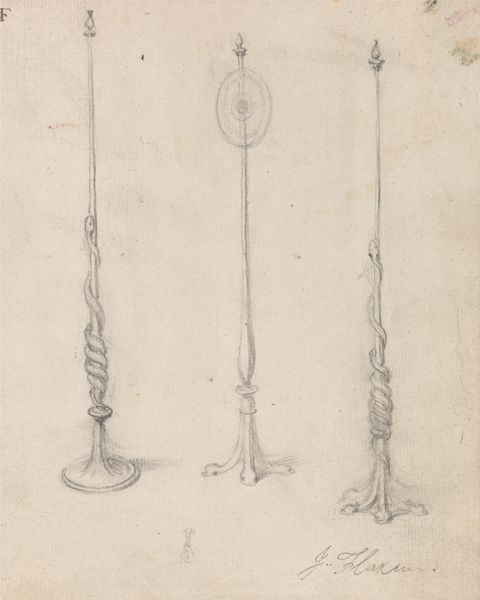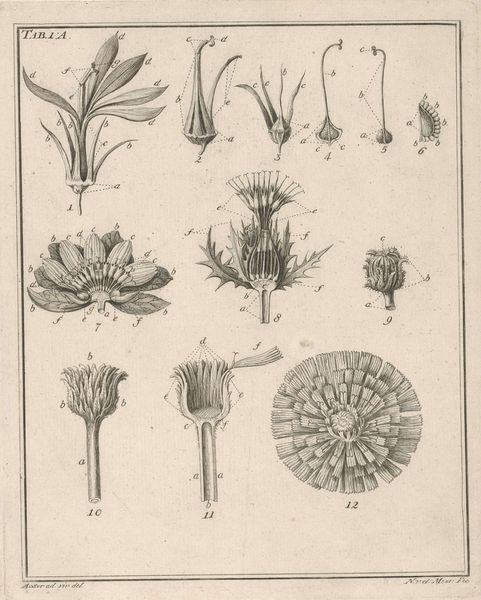
drawing, paper, ink, engraving
#
drawing
#
neoclacissism
#
pencil sketch
#
old engraving style
#
flower
#
paper
#
ink
#
engraving
Dimensions: height 215 mm, width 170 mm
Copyright: Rijks Museum: Open Domain
Curator: At first glance, the composition of these thirty-one botanical studies evokes a sense of clinical detachment, doesn't it? A taxonomy distilled to ink and paper. Editor: I feel a certain sterile beauty in its precise lines and forms. There is something captivating in its minimalist depiction of the plant world, reminiscent of early scientific explorations. It is beautiful, in an unexpected way. Curator: You are spot on. "Bloemen, Tab. 3," or "Flowers, Plate 3," crafted by Noach van der Meer the Younger sometime between 1751 and 1822, epitomizes the Neoclassical period's interest in classifying the natural world. It speaks to an era obsessed with order, driven by colonialism and a need to quantify resources, specifically, plants. Editor: Note how the engraving flattens depth, distilling each specimen to its most essential outline. What strikes me most is how Noach van der Meer uses light and shadow, achieved through intricate hatching, to delineate volume. The use of engraving, ink and pencil imbues a textural dimension to each rendering. Curator: Indeed. And each meticulously numbered study serves a purpose. I mean, each miniature tells a tale of ownership and control through the objectification of nature. This was an epoch in which plants, were becoming, increasingly linked with power, especially medicine, botany, commerce, and, as you know, often exploitation. The age of reason really fueled new methods of botanical collection, categorization and even representation. Editor: Still, its scientific character doesn’t diminish the innate artistry. Each image shows the unique shape of nature. If you examine it, you could be captured by its formal and careful approach. These aren’t merely functional sketches; they are, in my view, testaments to close observation, revealing forms that otherwise might be overlooked. Curator: Very well said. In its deliberate approach, the art quietly reveals larger questions of social equity as tied to enlightenment, reminding us of the deep ethical considerations when examining art. Editor: Yes, ultimately "Bloemen, Tab. 3" prompts me to appreciate how fundamental forms of nature intersect to define life’s own complex character.
Comments
No comments
Be the first to comment and join the conversation on the ultimate creative platform.
